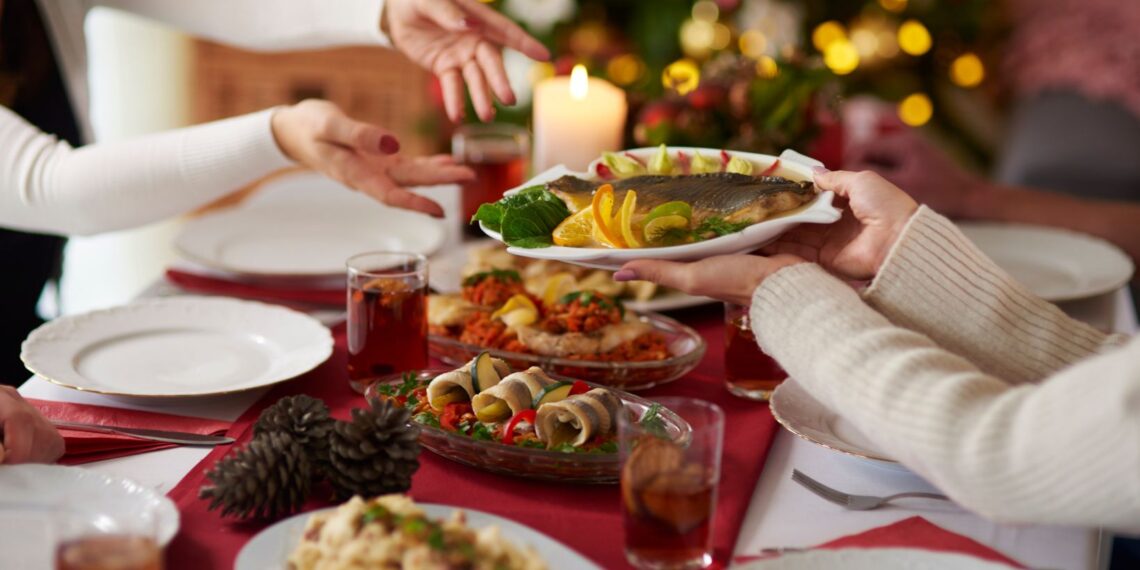Christmas in Poland is not just a holiday. It’s a vivid tapestry of traditions, beliefs, and family values. These are woven over centuries. The season is marked by unique customs. Each rich in cultural and spiritual significance. These traditions, from Advent to Epiphany, create a festive atmosphere filled with warmth and joy.
Advent: A Time of Preparation And Anticipation
The Christmas season in Poland begins with Advent. This is the four-week period leading up to Christmas Eve. This time is marked by preparation and expectation. Families start decorating their homes, cities light up with festive decorations, and everyone gets into the spirit of the holiday.
Some people like to organize activities together. They can go ski trips or plan gatherings. Within these, they can play games. Some resort to card games. Others prefer to go on their beloved Vave Casino.
Wigilia: The Heart of Polish Christmas Celebrations
Wigilia, the Christmas Eve supper, is perhaps the most cherished Polish Christmas tradition. It’s a time when families gather around the table to share a special meal, exchange good wishes, and remember the birth of Jesus.
Barszcz z Uszkami: This beetroot soup with mushroom-filled dumplings is a traditional starter. Its rich, tangy flavor sets the tone for the feast to come.
Carp: Considered the star of the Wigilia meal, carp is prepared in various ways. Some families buy live carp a few days before Christmas and keep it in the bathtub until it’s time to cook!
Pierogi: These are Polish dumplings, and no Wigilia is complete without them. Fillings range from savory (like sauerkraut and mushrooms) to sweet (like fruit).
Kutia: A sweet dish made with grains, poppy seeds, honey, nuts, and dried fruit, symbolizing hope and prosperity.
Sharing the Opłatek
One of the most poignant moments of Wigilia is the sharing of the opłatek. This thin, unleavened wafer is shared among family members, each breaking off a piece and offering heartfelt wishes for the coming year.

Hay Under The Tablecloth And The Empty Chair
A bit of hay is often placed under the Wigilia tablecloth, a reminder of the humble birthplace of Christ. Additionally, many families leave an empty chair at the table, a symbol of hospitality for an unexpected guest or in memory of departed loved ones.
The Influence of Christianity And Folklore
Poland’s Christmas traditions are deeply rooted in its Christian heritage. The focus on family, sharing, and the remembrance of the birth of Christ reflect these religious influences. Additionally, elements of ancient Slavic folklore and customs are woven into these traditions, adding a layer of cultural depth.

Christmas Day And The Second Day of Christmas
Christmas Day and the following day (known as the Second Day of Christmas) are also significant. These days are usually spent visiting family and friends, exchanging gifts, and enjoying leisure time together.
Activities And Celebrations Beyond The Feast
Attending Midnight Mass (Pasterka): Many Poles attend the midnight mass, a deeply spiritual experience that brings communities together.
Carol Singing (Kolędy): Singing traditional Polish carols is a popular activity. These songs, rich in history and melody, echo throughout homes and churches.
Christmas Markets: In towns and cities, festive markets offer a variety of crafts, gifts, and traditional foods, adding to the holiday cheer.
Szopki in Krakow: A unique Krakow tradition involves creating elaborate nativity scenes, often resembling local architecture, which are then displayed in a competition.
Epiphany (Trzech Króli)
The Christmas season officially ends on January 6th with Epiphany, or Trzech Króli. This day commemorates the visit of the Magi to the baby Jesus. Parades and celebrations mark this day, concluding the festive season.














